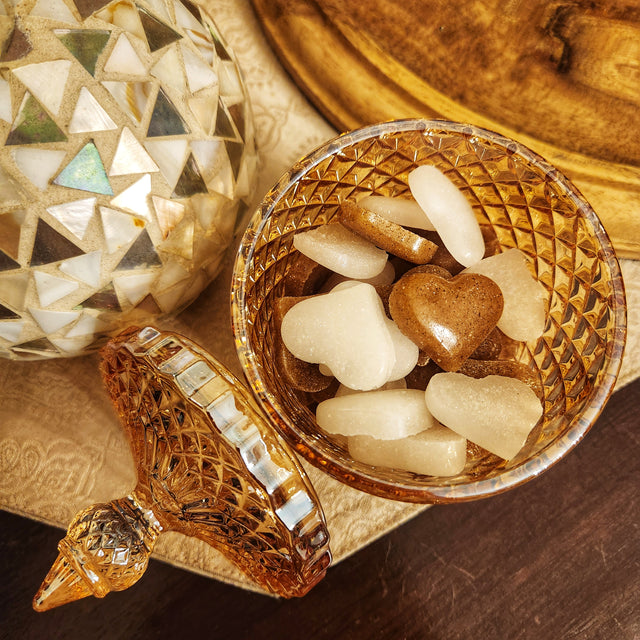Sweet tooth? XyloSweets rock!
Imagine candy that actually good for you. We did. XyloSweets are made with love and real xylitol, a healthier alternative that won't spike your blood glucose. With a Glycemic Index (GI) rating of only 7 in comparison to sugar at 65, XyloSweets candy is low in calories, won't feed cancer or cause cavities, and is safe for diabetics too.
Why use xylitol?
It looks and tastes like sugar, but is naturally derived with no bad effects on teeth and blood glucose. A fantastic sugar-free alternative, xylitol is the main ingredient in XyloSweets, which come in simple refill packs. Add an exquisite jar, tin, or box to your order, so you can give the gift of love and health in one.






